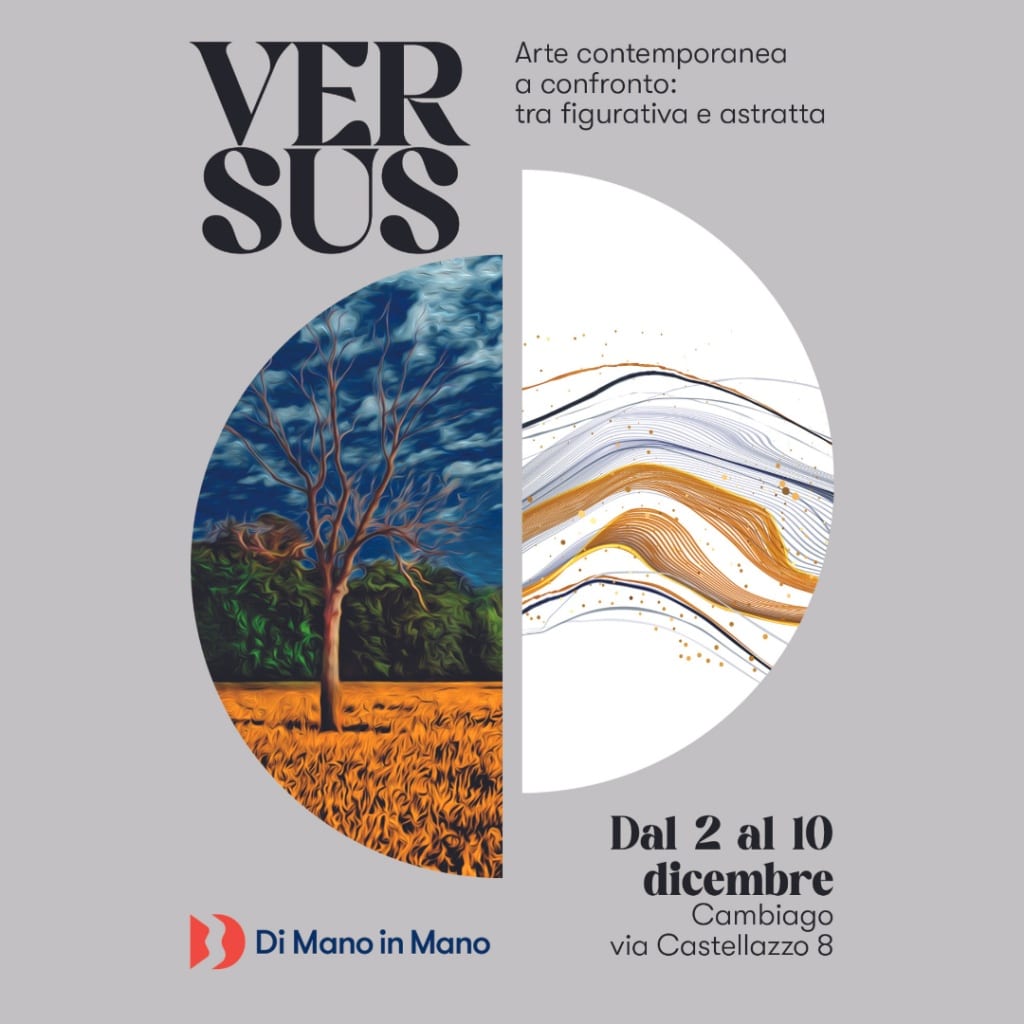
Tradition vs Experimentation
Never in the history of art has there been a period where artistic expression manifested in such different and almost antithetical ways as the period conventionally referred to as “contemporary art” using a purely temporal parameter: artistic production post-1945.
The research started in the first half of the 20th century ventures into countless nearly unique paths, in the work of bold experimenters who create new possibilities for expression in the field of abstraction. In Italy, in particular, during the second half of the 20th century, artists coexist, some remaining faithful to more traditional figurative forms while exploring new ways of interpreting reality, and others embarking on completely new paths, opening up fertile currents for the 21st century: to give just two striking examples, the almost introspective exploration of material by Alberto Burri, emerging from the trauma of war, reclaiming a connection with reality through his sacks and crettos, or the revolution that Lucio Fontana brought to the art scene with his explorations and anticipations of conceptual art through his sacrilegious and innovative “slashes”.
Seeking a Dialogue Between “Figurative” and “Abstract”
Two fields of research running parallel with continuous dialogues, intersections, and exchanges between different artists.
Following this thread of interpretation of the contemporary art scene in Italy in the second half of the 20th century, we wish to present an exhibition that will take place from December 2nd to 10th at the Cambiago venue, featuring a series of artists well-known in the Italian market (and beyond). Their respective works will be compared in this dialectic between “figurative” and “abstract”, where reality is explored through different research methods, inviting one to notice differences, similarities, and parallels.
It is fascinating, for example, to observe the different expressive ways in which the “geometrized” characters of Rognoni emerge from vibrant blue backgrounds, compared to the mysterious figures that seem to float in the works of Squillantini against colors evoking subtle emotions; and what about the representations that Migneco creates of fishermen and lemon pickers, using lines and colors almost as if a child were describing them, in bright and simplified forms, alongside the enchanted visions that Orfeo Tamburi conveys of his Paris? And what connection, if any, exists between this new figurative art and the abstract representations of Licata, or the informal research of a very young Dadamaino? And again, what do the figures of a master of pop art like Pozzati communicate to us?
For more information about the event: https://www.dimanoinmano.it/it/pg1338/eventi/2023/versus







